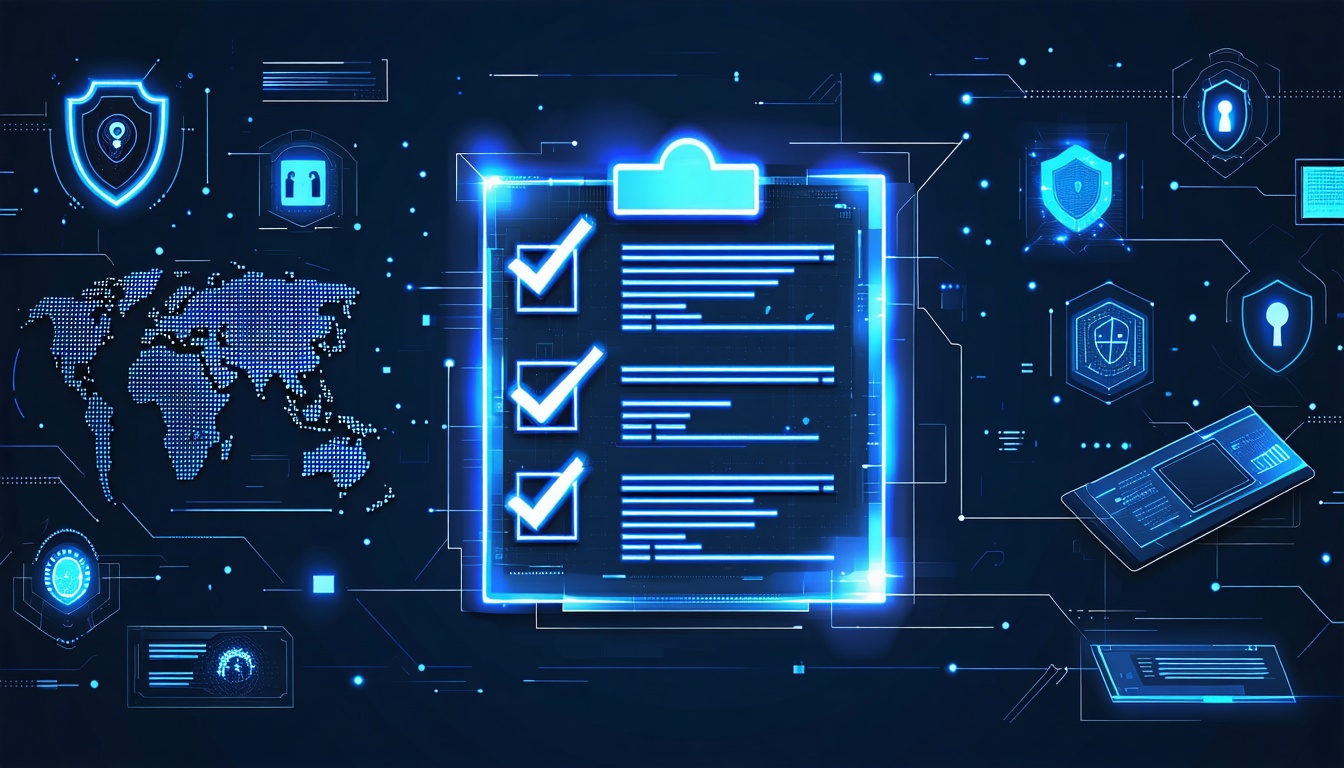In modern digital environments, even minor security events can escalate rapidly into major incidents. Yet only 45 percent of organizations have a formal incident response plan in place (FRSecure). Companies take an average of 277 days to identify and contain a data breach (IBM), and over 4,100 data breach events were reported worldwide in 2022 (Flashpoint). An incident response checklist is an essential tool for B2B IT leaders to detect, contain, and recover from cyber threats with minimal disruption. This guide outlines the components of a comprehensive checklist, ensuring timely, coordinated action across teams and systems.
Define Plan Components
A solid checklist begins with a clearly defined incident response plan. Such a plan, sometimes called an incident management plan, establishes instructions to detect, respond to, and limit the effects of security events (TechTarget). Key elements include:
- Incident Definitions and Thresholds
Define criteria for declaring a security incident—data breaches, denial-of-service attacks, insider threats—and establish thresholds for activation. - Roles and Responsibilities
Document functions for IT security, legal, human resources, communications, and executive stakeholders. Refer to incident response team roles and responsibilities for detailed role descriptions. - Communication Protocols
Specify notification triggers, channels, and message templates. Identify authorities such as those who approve the incident response policy. - Logging and Monitoring Requirements
Outline log sources, retention periods, monitoring tools, and documentation standards for critical systems (Cyber Resilience). - Severity Classification Levels
Adopt a four-tier model—Low, Medium, High, Critical—to prioritize response efforts. - Containment, Eradication, and Recovery Steps
Define strategies to isolate affected assets, remove threats, and restore operations, including backup verification and system restoration. - Post-Incident Review Procedures
Specify timelines and methods for root cause analysis, lessons learned documentation, and plan updates.
Assemble Response Team
Assembling a multidisciplinary team ensures swift mobilization once an incident is declared. This group typically includes security analysts, network engineers, legal counsel, human resources representatives, and communications specialists (Exabeam). Core tasks for the response team include:
- Identify Primary Contacts
List names, roles, and contact details for core members of the incident response team. - Define Escalation Paths
Map reporting lines and decision points, specifying authorities such as those who approve the incident response policy. - Engage External Partners
Include cyber insurance advisors, forensic investigators, and crisis communications experts. - Secure Incident Response Retainer
Establish an incident response retainer for immediate access to specialized expertise. - Outline Service Engagement
Clarify scope and trigger points for external incident response services.
Establish Communication Protocols
Clear, timely communication reduces confusion and limits reputational damage during an active security event. A robust communication framework should:
- Specify Notification Triggers
Define which incident types and severity levels require alerts. - Select Communication Channels
Determine use of secure email, dedicated chat channels, and phone trees. - Prepare Message Templates
Draft preapproved statements for both internal updates and external disclosures. - Maintain Contact Lists
Include internal teams plus external stakeholders such as regulators, partners, and media. - Schedule Regular Updates
Establish a cadence for briefing executives and affected parties.
A comprehensive communications plan ensures stakeholders remain informed and aligned (Egnyte).
Implement Logging Requirements
Proactive logging and monitoring provide visibility into system health and security posture. A robust logging framework should address:
- Critical Systems Inventory
Identify servers, applications, and endpoints that generate high-priority logs. - Log Collection Standards
Define formats, retention periods, and storage locations. - Monitoring Tools Deployment
List solutions for real-time alerts and anomaly detection. - Documentation Procedures
Ensure all actions during an incident are recorded for compliance and analysis.
Establishing these requirements at the planning stage prevents gaps in visibility during a crisis (Cyber Resilience).
Classify Incident Severity
Severity classification enables teams to prioritize efforts based on impact and urgency. Most organizations adopt a four-level scale:
Developing a consistent classification system enhances the ability to assess and respond appropriately (Cyber Resilience).
Plan Containment Actions
Containment aims to isolate threats and prevent lateral movement without causing unnecessary business disruption. A containment strategy should include:
- Immediate Isolation
Segregate compromised devices or segments of the network. - Access Controls
Update firewall rules, revoke compromised credentials, and adjust permissions. - Malware Eradication
Remove malicious code via clean backups, patches, or endpoint remediation tools. - Threat Hunting
Conduct scans for related indicators of compromise across the environment.
That is why a well-prepared containment guide reduces the chance of secondary incidents.
Schedule Recovery Procedures
Recovery protocols guide restoration of systems and data to a pre-incident state. Essential steps include:
- Backup Verification
Test and confirm integrity of the most recent backups (Exabeam). - System Restoration
Restore servers, applications, and user environments in a controlled sequence. - Functional Validation
Perform end-to-end tests to verify full operational capability. - Regulatory Reporting
Fulfill mandatory disclosures and comply with jurisdictional requirements.
Recovery often intersects with broader cyber incident recovery strategies to ensure business continuity.
Conduct Post-Incident Review
A structured review identifies strengths and gaps in the response process. This phase should cover:
- Root Cause Analysis
Determine the attack vector or failure point. - Lessons Learned
Document effective actions, communication challenges, and procedural breakdowns. - Plan Updates
Revise checklists, playbooks, and policies based on review findings. - Staff Training
Integrate insights into ongoing incident response training and tabletop exercises.
Incorporating regular incident response testing and consulting security incident response metrics helps measure improvements over time.
Conclusion
A comprehensive incident response checklist transforms ad hoc reactions into a disciplined, repeatable methodology. By defining plan components, assembling a multidisciplinary team, establishing clear communication and monitoring protocols, classifying incident severity, and following structured containment and recovery steps, organizations can minimize operational, financial, and reputational damage. Regular post-incident reviews and plan refinements ensure ongoing resilience against evolving threats.
Need Help With Incident Response?
Need help with incident response planning? We guide organizations through maturity assessments, refine response playbooks, and connect them with leading incident response providers. Our team ensures that operational workflows, communication channels, and technical controls align with strategic objectives. Contact us today to explore tailored incident response solutions and strengthen your cyber-defense posture.






